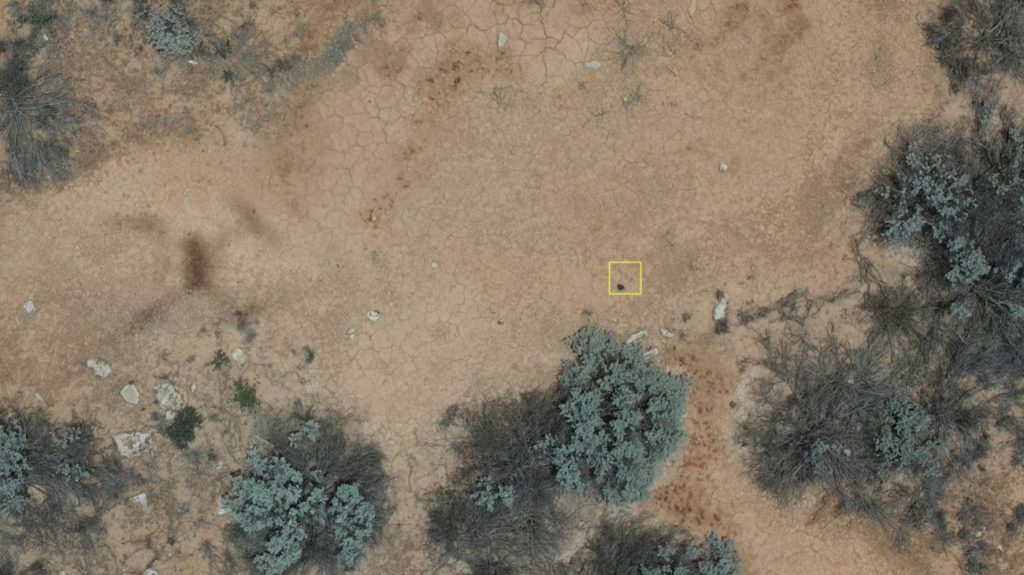Researchers have succeeded in pinpointing the exact location of a ‘new’ meteorite using drones and algorithms. This saves a lot of walking.
On April 1, 2021, search cameras in Australia spotted a fireball in the evening sky. While the tiny 70-gram meteorite that hit Earth isn’t the most unusual, the way researchers found the space rock is the most bizarre. They tracked down the small debris with the help of drones and machine learningAlgorithms. The team writes that this is the first time this has been successful.
Read also:
space stone
Meteorites are pieces of rock that make their way through our atmosphere to the Earth’s surface from its parent asteroid or other Earth-like celestial body. Pieces of space material offer a glimpse into our (early) solar system. No wonder, then, that despite the increasing amount of meteorites examined, scientists are still keen to analyze the debris.
All over the world, high-tech cameras are scanning the sky for evidence of possible meteor impacts. But when they see space matter traveling through the atmosphere in the form of a fireball, how do you find such a “fresh” meteor?
treasure hunt
In a new study, the team writes that in the past, the estimated area of impact was combed “by hand.” The Australian researchers say the method is very labour-intensive. And most importantly, it is not reliable. Since the area is often too large to explore in one trip, not many meteorites have been found. Deployment of drones and machine learningAlgorithms promise to make this search easier and more successful.
The researchers behind the new study were able to do this successfully for the first time. Two DFN observatories ( desert fireball net) on Nullarbor Plain, Australia, discover a meteor’s short but fiery journey toward Earth’s surface. Based on these measurements, it was estimated, among other things, that the solid mass in an area of 5.1 km2 It must fall.

Meteorite or not?
Self-driving drones filmed this area from the air. machine learningThe algorithms recorded the area, divided into cubes (125 by 125 pixels), then between 0 (no meteorite) and 1 (meteorite). To reach these scores, the researchers trained algorithms with nearly 100,000 of those blocks with previously captured meteorites and more than a million without them.
In the first selection round, all tiles With a value less than 0.7 crossed out. After an additional drone visit to the intriguing “meteor candidates”, four sites eventually remained. The researchers visited them in person; And yes, at one of those sites they found the meteorite, which is small enough to fit in your hand.
Find distractions
Although researchers have succeeded for the first time using drones and machine learningAlgorithms for meteorite detection, they realize that the algorithm is not only looking for meteorites, but for anomalies. For example, the system also identified “details” such as cans, bottles, snakes, and even kangaroos as “potential meteorites”.
Thus, the team sees their research as not just promising for meteorite enthusiasts. With proper training, the algorithm can also be used elsewhere, such as game monitoring or research.
Sources: arxiv.org, Dennis Vida / Twitter
Photo: Anderson et al., 2022 / arXiv.org


